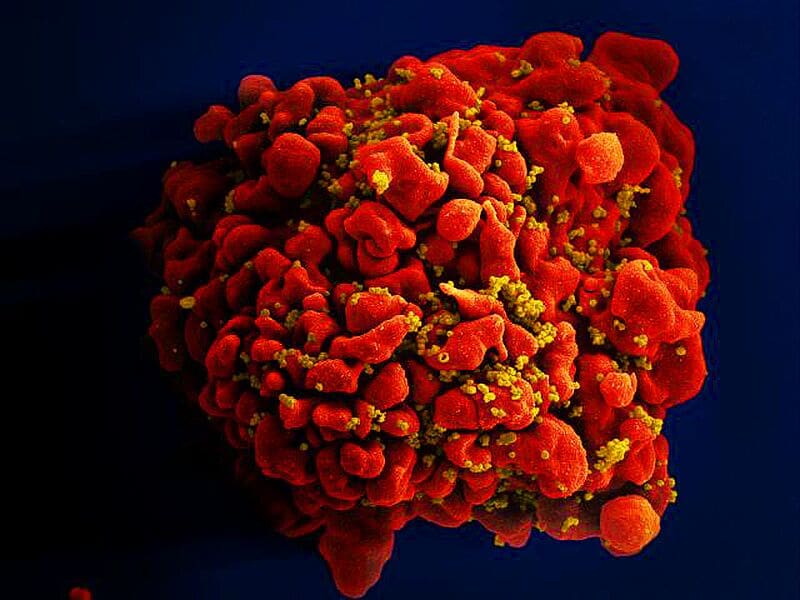Heidelberg researchers discover new mechanism of HIV integration
Researchers at the German Center for Infection Research (DZIF) at Heidelberg University Hospital have uncovered a previously unknown molecular mechanism by which the HIV virus selects its integration sites in the human genome.
The team led by scientist Marina Lusic showed that so-called RNA:DNA hybrids, also known as R-loops, serve as signposts. The virus uses these structures, which are mainly found in active gene segments, to permanently incorporate its genetic material into immune cells. Together with the enzyme HIV-1 integrase, this creates a reservoir of infection that cannot be reliably eliminated by today’s therapies.

The researchers also identified the cellular enzyme Aquarius as a crucial factor in this process. Aquarius acts as a door opener by unwinding the R-Loops and making it easier for the integrase to access. If Aquarius is blocked, the rate of virus integration drops significantly, with remaining integrations moving to low-R-Loop regions. The results, now published in Nature Microbiology , highlight a central weakness in the life cycle of HIV and open up new starting points to prevent the formation of viral reservoirs. This is particularly important because existing antiretroviral drugs are effective in suppressing the replication of the virus, but at the same time require lifelong use. Interruptions in treatment quickly lead to a resurgence of the viral load and promote resistance.
In the long term, a better understanding of virus integration could enable the development of therapies that hinder the targeted hiding of the virus in the genome and thus also bring curative treatment approaches within reach. The findings now presented were created as part of a broad-based research cooperation funded by the DZIF and the German Research Foundation. In addition to the Heidelberg infection researchers, partner institutions in Zagreb, Padua, London and Bordeaux were also involved, contributing expertise in bioinformatics, structural biology and retrovirology.
Original Paper:
Read Also:
HIV: Resistance tests alone are of little use – MedLabPortal
Editor: X-Press Journalistenbû¥ro GbR
Gender Notice. The personal designations used in this text always refer equally to female, male and diverse persons. Double/triple naming and gendered designations are used for better readability. ected.




